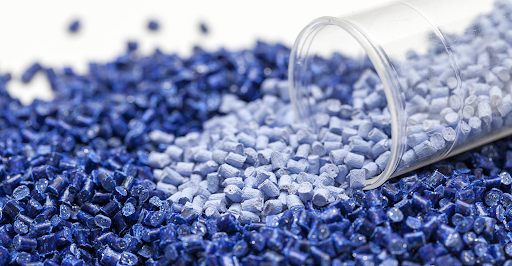
The fast development of technology has created new requirements in the electronics and packaging sector. In modern applications, the materials must have both durability and other useful characteristics like electrical conductivity. This is the area where conductive compounds are playing a game-changer. The most innovative materials are these high-tech materials, produced by the incorporation of particular additives into polymers, which are now used in the frontiers of designing and manufacturing high-tech industries and safe packaging.
- Conductive Compounds? What Are the Conductive Compounds?
Polymer blends containing additives that enable them to conduct electricity effectively are known as conductive compounds. These compounds do not serve the purpose of insulating, but instead provide a regulated electrical conduction route. Such a change allows manufacturers to create safer and smarter electronic gadgets and packaging materials that do not get damaged due to the presence of static electricity. The conductive properties are normally attained through the addition of carbon black, metal powders or special conductive fillers into the polymer matrix.
- Electronics Industry: A New Phase of Trustworthiness
Statistical electricity is a serious problem in the electronics industry. Uncontrolled electrical discharge can damage sensitive components, chips and printed circuit boards in manufacturing, transport, or assembly. The manufacturers make conductive compounds to create housings, trays, and carriers to safeguard the transmission of the charges of static electricity. This assists in safeguarding sensitive electronic components during their lifetime. Moreover, the materials are critical in the construction of enclosures for batteries and sensors, where the conductivity should be controlled to maintain functionality and safety.
- Developments in Packaging using Conductive Materials
An increase in conductive compounds is also favoring the packaging industry. The conventional electronics packaging did not do a very good job of avoiding the accumulation of static charges, which might cause malfunctions or decrease the life of the products. In conductive packaging solutions, the manufacturers are able to make sure electrical charges are properly dissipated to avoid electrostatic discharges to goods. The creation of specialised compounds with plastic XLPE masterbatch has been particularly important to the cross-linked polyethene packaging, which provides durability and excellent conductivity for high-value and sensitive products.
- Plastic XLPE Masterbatch Role
Plastic XLPE masterbatch improves the performance of conductive compounds, especially in packaging applications. Cross-linked polyethylene (XLPE) is characterised by toughness, chemical resistance, and thermal stability. It can be used in combination with conductive additives and will offer a good and durable solution in electronics storage and heavy-duty packaging.
- Continuous Innovations and Future Projections
Manufacturers are also striving to improve the characteristics of conductive compounds, which include a lower environmental impact, high recyclability, and enhanced use with base polymers. Conductive masterbatches new generations of conductive masterbatches are being developed to provide greater conductivity, improved stability, and expanded versatility in a variety of industries.
Conclusion
The development of conductive materials is changing the way industries operate in terms of electronic parts and packaging requirements. Manufacturers are prepared to handle the challenge of tomorrow’s technology by allowing the safe release of static electricity and enhancing material performance with technology advancements, such as the XLPE masterbatch made of plastics. The conductive materials will be increasingly critical in safeguarding, reliability, and sustainability in electronics and packaging industries as more studies and applications are conducted.




